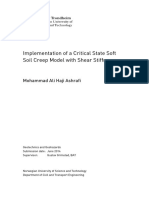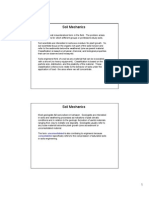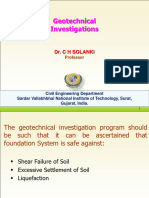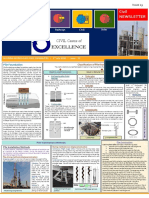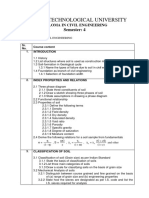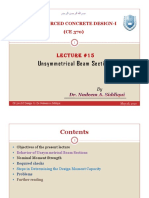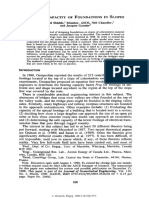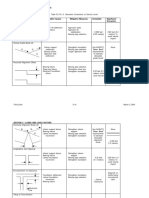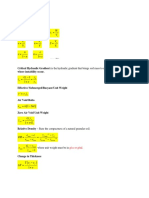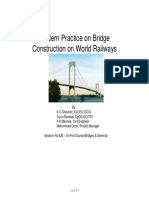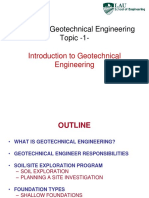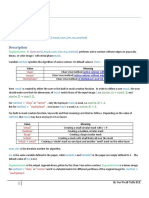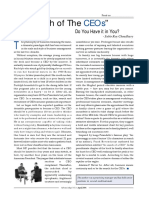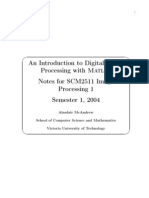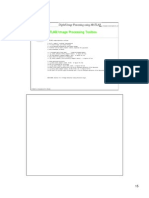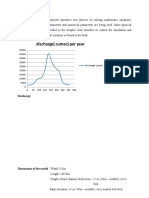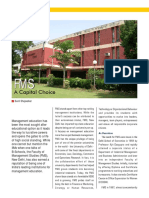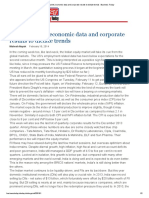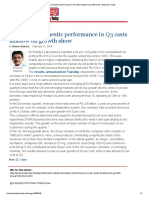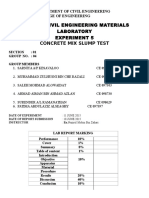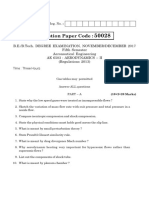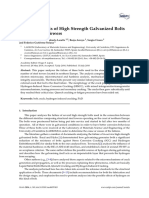100% found this document useful (2 votes)
232 views22 pagesCE 533 Lecture 2 Introduction To Foundation Engineering
This document provides an overview of foundation engineering and design. It discusses how foundation engineering is based on soil mechanics, soil hydraulics, and structural mechanics principles. It also describes how idealized theoretical models have limitations and must be updated based on field conditions. The document outlines different types of shallow and deep foundations, including spread footings, mat foundations, piles, piers, caissons and drilled shafts. It discusses soil exploration planning and considerations for borehole depth and spacing. The key requirements for stable foundations are that they must be properly located, structurally stable without failure, and not settle or deflect enough to damage the supported structure.
Uploaded by
Abhishek SinghCopyright
© © All Rights Reserved
We take content rights seriously. If you suspect this is your content, claim it here.
Available Formats
Download as PDF, TXT or read online on Scribd
100% found this document useful (2 votes)
232 views22 pagesCE 533 Lecture 2 Introduction To Foundation Engineering
This document provides an overview of foundation engineering and design. It discusses how foundation engineering is based on soil mechanics, soil hydraulics, and structural mechanics principles. It also describes how idealized theoretical models have limitations and must be updated based on field conditions. The document outlines different types of shallow and deep foundations, including spread footings, mat foundations, piles, piers, caissons and drilled shafts. It discusses soil exploration planning and considerations for borehole depth and spacing. The key requirements for stable foundations are that they must be properly located, structurally stable without failure, and not settle or deflect enough to damage the supported structure.
Uploaded by
Abhishek SinghCopyright
© © All Rights Reserved
We take content rights seriously. If you suspect this is your content, claim it here.
Available Formats
Download as PDF, TXT or read online on Scribd
/ 22

